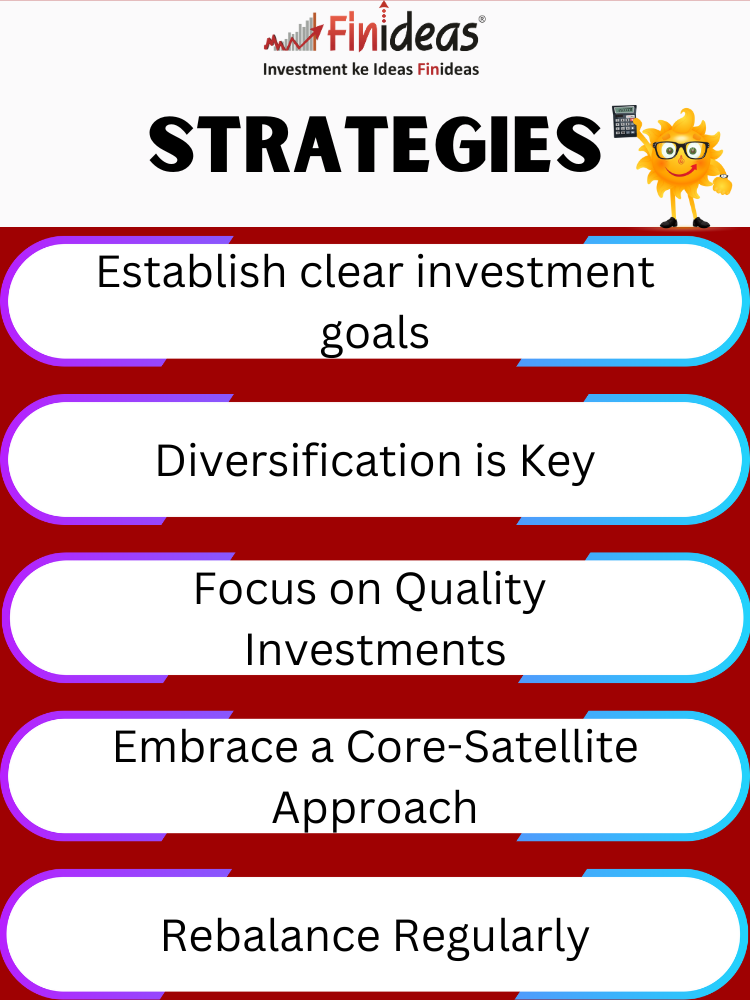Finding Harmony: Balancing Long-Term and Short-Term Investments
Introduction:
In the dynamic world of investment, finding the right balance between long-term stability and short-term gains is often likened to walking a tightrope. Both long-term and short-term investments have their merits and drawbacks, making it crucial for investors to navigate this delicate balance with care. Let’s explore some strategies for optimal portfolio management that harmonize these two investment horizons.
What is long term vs short term investment?
Before diving into strategies, it’s essential to understand the distinction between long-term and short-term investments. Long-term investments typically involve assets held for years or even decades, aiming for steady growth and compounding returns. In contrast, short-term investments are geared towards capitalizing on immediate opportunities or market fluctuations, often with higher volatility.
Establish clear investment goals
The foundation of effective portfolio management begins with setting clear investment goals. Determine your objectives, whether they are long-term wealth accumulation, short-term income generation, or a combination of both. Understanding your goals will help tailor your investment strategy to align with your financial aspirations.
Asset Allocation: Diversification is Key
Diversification is a fundamental principle in portfolio management, especially when balancing long-term and short-term investments. Allocate assets across various asset classes, such as stocks, bonds, real estate, and cash equivalents, to spread risk and capture opportunities in different market conditions. The proportion of long-term and short-term assets should reflect your risk tolerance and investment horizon.
If you’re inclined towards diversifying your portfolio, then you should have a look at Index Long Term Strategy.
Focus on Quality Investments
Regardless of the investment horizon, prioritizing quality is essential. For long-term investments, focus on fundamentally sound companies with strong growth prospects and competitive advantages. For short-term investments, consider factors like market trends, momentum, and catalysts that could drive short-term price movements. However, always conduct thorough research and due diligence to avoid speculative bets.
Embrace a Core-Satellite Approach
One effective strategy for balancing long-term and short-term investments is the core-satellite approach. In this approach, your core holdings consist of long-term investments – such as low-cost index funds or blue-chip stocks – that form the foundation of your portfolio. Surrounding these core holdings are satellite investments – individual stocks, sector-specific ETFs, or tactical trades – aimed at capturing short-term opportunities.
Rebalance Regularly
Maintaining the balance between long-term and short-term investments requires periodic review and rebalancing. Market fluctuations and changes in economic conditions can cause drift in your asset allocation over time. Reassess your portfolio regularly and adjust allocations as needed to stay aligned with your investment objectives and risk tolerance.
What specific strategies do you currently employ to balance long-term stability and short-term gains in your investment portfolio? Comment Down Below.
Conclusion: Finding Your Investment Harmony
Balancing long-term stability with short-term opportunities is a nuanced art in portfolio management. By establishing clear goals, diversifying across asset classes, focusing on quality investments, regularly rebalancing, and embracing flexibility, investors can navigate this delicate balance with confidence and resilience. Remember, investing is not just about numbers; it’s about crafting a strategy that aligns with your aspirations and empowers you to achieve your financial dreams, one step at a time.
Happy Investing!
This article is for education purpose only. Kindly consult with your financial advisor before doing any kind of investment.


